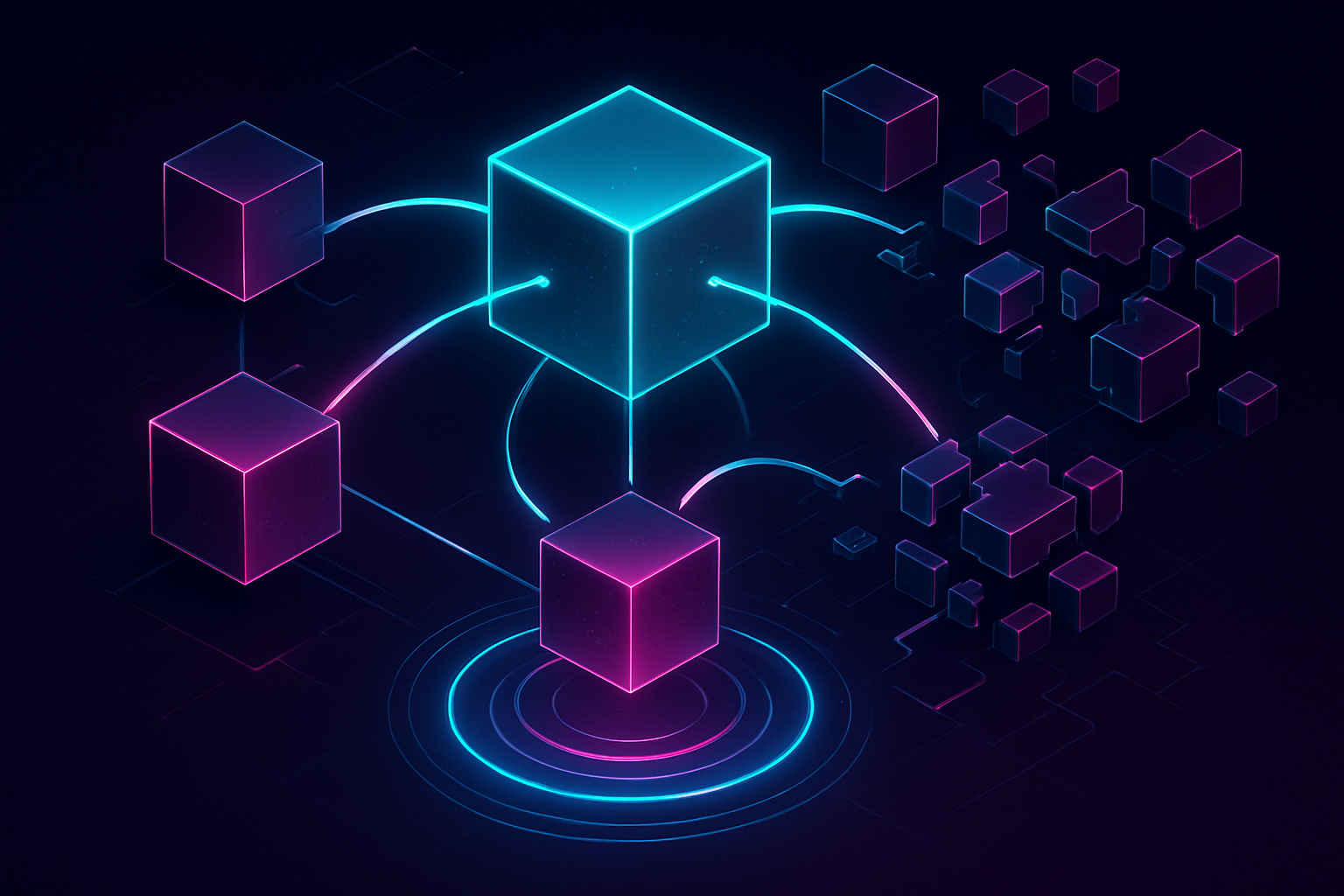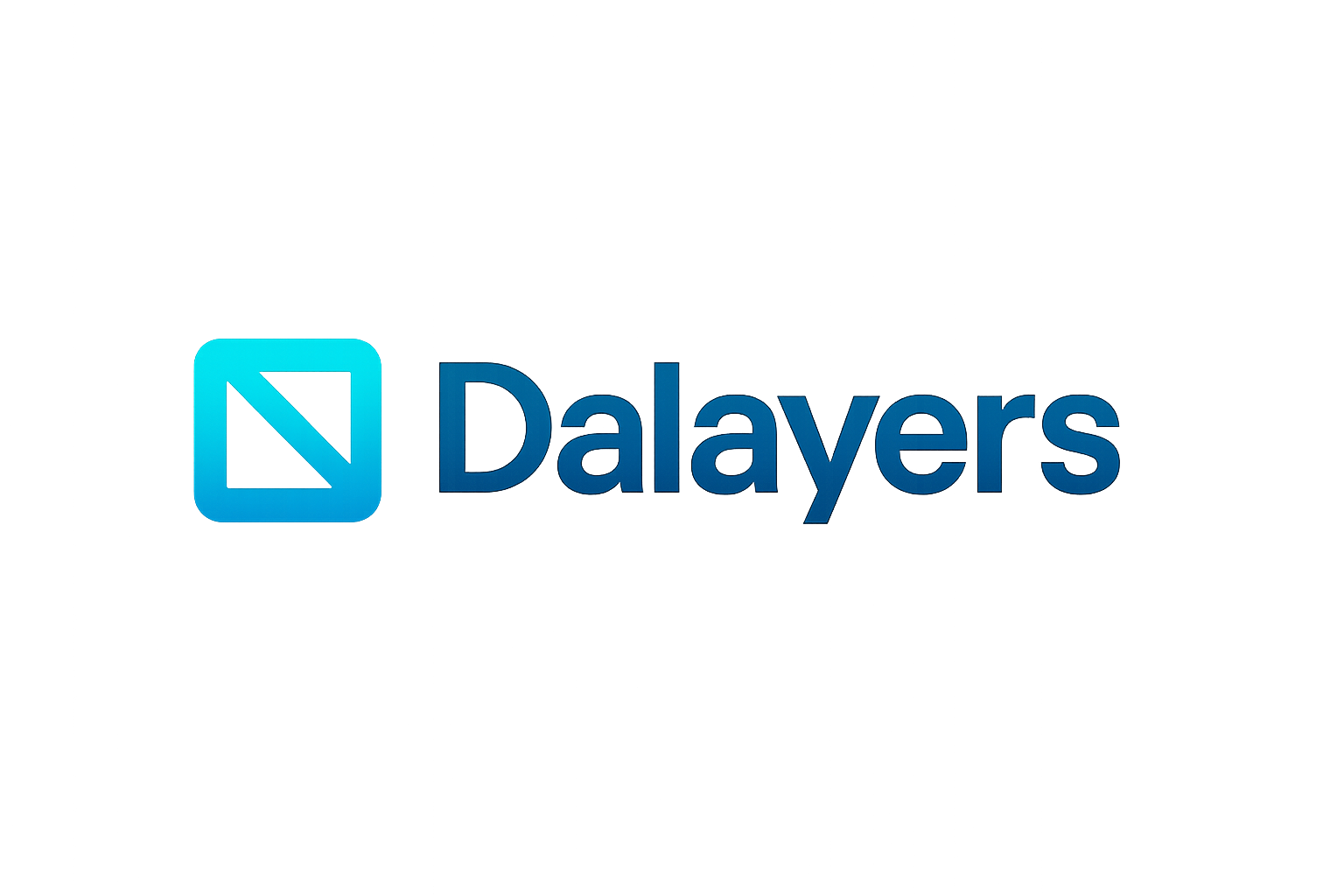
As the modular blockchain landscape matures, the proliferation of Layer 2 (L2) solutions and rollups promises scalability and efficiency. However, this evolution brings an unintended side effect: modular blockchain fragmentation. Liquidity, once pooled within monolithic chains, is now scattered across isolated L2s and application-specific rollups. This fragmentation not only reduces capital efficiency but also hinders user experience with higher slippage, duplicated incentive programs, and increased transaction costs.

Understanding Liquidity Fragmentation in Modular Ecosystems
Fragmentation occurs when assets are locked in separate silos across various networks. For example, as highlighted by Cointelegraph, Ethereum’s L2 boom has led to a patchwork of liquidity pools that cannot easily interact. Each new rollup or sidechain creates its own micro-economy, forcing users and protocols to bridge assets or redeploy contracts to access larger markets. This leads to:
- Inefficient capital allocation: Splintered pools mean less depth for any given asset pair.
- Duplicated incentives: Projects must reward users on each chain individually to attract liquidity.
- Poor user experience: Moving funds between chains can be slow, costly, or risky.
The result is a DeFi ecosystem that struggles to deliver on its promise of seamless global finance.
The Rise of Shared Liquidity Layers
Shared liquidity layers directly address these pain points by creating unified pools accessible across multiple chains. Instead of duplicating deployments or incentivizing fragmented markets, protocols like zkLink Nova aggregate assets from disparate L2s into a single platform. According to BlockJournal.io, zkLink Nova acts as an Ethereum-compatible Layer 3 (L3), allowing dApps to tap into combined liquidity without the complexity of cross-chain bridges or repeated smart contract deployments.
This approach delivers several key benefits:
Top 3 Advantages of Shared Liquidity Layers in DeFi
-

1. Enhanced Capital Efficiency: By consolidating liquidity from multiple chains into unified pools, shared liquidity layers like zkLink Nova enable decentralized applications (dApps) to access larger liquidity reserves. This reduces slippage and allows protocols to deploy capital more effectively, benefiting both users and DeFi platforms.
-

2. Lower Transaction Costs and Improved User Experience: With a single liquidity layer accessible across various Layer 2 solutions, users and protocols avoid the need for multiple cross-chain swaps and bridging operations. This streamlines transactions, minimizes gas fees, and simplifies DeFi interactions, as demonstrated by unified platforms like zkLink Nova and Sunrise Layer.
-

3. Unified Incentive Structures and Ecosystem Growth: Shared liquidity layers eliminate the need for fragmented, duplicated incentive programs across different chains. Solutions like Sunrise Layer’s Interliquidity model use mechanisms such as Proof of Liquidity to align the interests of validators, protocols, and liquidity providers, fostering a more cohesive and scalable DeFi ecosystem.
Another promising model is Sunrise Layer’s Interliquidity system, which introduces a Proof of Liquidity consensus mechanism. By rewarding validators and providers for maintaining healthy cross-chain pools, this design aligns incentives throughout the ecosystem and fosters robust blockchain liquidity coordination (source).
How Shared Liquidity Layers Work in Practice
The mechanics behind shared liquidity layers are increasingly sophisticated. At their core, these solutions rely on advanced interoperability protocols – such as unified messaging standards and cross-chain routers – to enable real-time asset transfers and order routing between networks. For instance:
- Unified asset management: Users can deposit tokens on one chain and access them on another without manual bridging.
- Larger order books: Decentralized exchanges aggregate bids and asks from multiple chains for deeper markets.
- Simplified dApp deployment: Developers launch once but serve users from any connected chain.
This architecture not only improves capital efficiency but also reduces systemic risk by minimizing reliance on individual bridges or custodial solutions.
Shared liquidity layers are not just a technical fix, but a strategic evolution in blockchain infrastructure. By integrating modular DA solutions, these layers ensure that capital is no longer trapped in isolated pools, but instead flows freely across the entire ecosystem. This unlocks new opportunities for both users and builders: protocols can scale without duplicating incentives or fragmenting their communities, while users benefit from lower slippage and more competitive pricing.
Protocols like Soul Protocol further demonstrate this paradigm shift. By enabling cross-chain lending and borrowing, Soul Protocol breaks down barriers between previously incompatible networks. This approach not only improves access to liquidity, but also supports the creation of more resilient DeFi primitives, such as unified collateral markets and interoperable stablecoins. As highlighted by BlockJournal.io, consolidating assets through shared platforms like zkLink Nova allows dApps to serve a broader user base with less operational overhead.
Key Players and Emerging Standards
The path to seamless rollup interoperability is shaped by several innovative projects and evolving standards. For example, ERC-3643 aims to standardize on-chain asset representation for easier transferability across networks, while messaging protocols such as Lagrange’s cross-chain routers underpin real-time communication between modular blockchains (source).
Leading Shared Liquidity Layer Protocols and Their Core Features
-

zkLink Nova: A pioneering Layer 3 solution that aggregates assets and dApps from multiple Ethereum Layer 2s into a unified, Ethereum-compatible platform. By enabling dApps to access consolidated liquidity pools, zkLink Nova improves capital efficiency and reduces the need for multiple protocol deployments across different chains.
-

Soul Protocol: An innovative multi-chain liquidity layer designed to bridge liquidity across diverse blockchains and protocols. Soul Protocol facilitates cross-chain lending and borrowing, directly addressing DeFi liquidity fragmentation by enabling assets to flow seamlessly between networks.
-

Sunrise Layer: Utilizes an Interliquidity model powered by a Proof of Liquidity consensus mechanism to incentivize liquidity provision across connected chains. Sunrise Layer aligns validators, protocols, and liquidity providers, fostering a unified and efficient liquidity environment for modular blockchains.
By embracing these shared standards and infrastructure layers, the industry moves closer to a unified DeFi experience, one where users interact with applications without worrying about underlying network boundaries or fragmented liquidity.
Challenges Ahead and What’s Next
Despite clear progress, several hurdles remain. Security risks associated with interoperability must be carefully managed; robust auditing and formal verification are essential for cross-chain routers and messaging bridges. Additionally, governance coordination across multiple ecosystems poses ongoing challenges, especially as more DA layers and rollups enter production.
Nonetheless, the momentum behind shared liquidity solutions continues to build. As modular blockchain execution layers mature (see coverage from Altius Labs), we can expect even greater capital efficiency, fewer duplicated incentive programs, and a much smoother onboarding process for new users entering Web3 finance.
For developers considering their next move, or investors seeking resilient strategies, the rise of shared liquidity layers signals an era where composability is not just possible but practical at scale. The future of decentralized finance will be defined by how effectively we coordinate blockchain liquidity across diverse networks, and shared liquidity layers are already proving themselves as the connective tissue holding this vision together.






